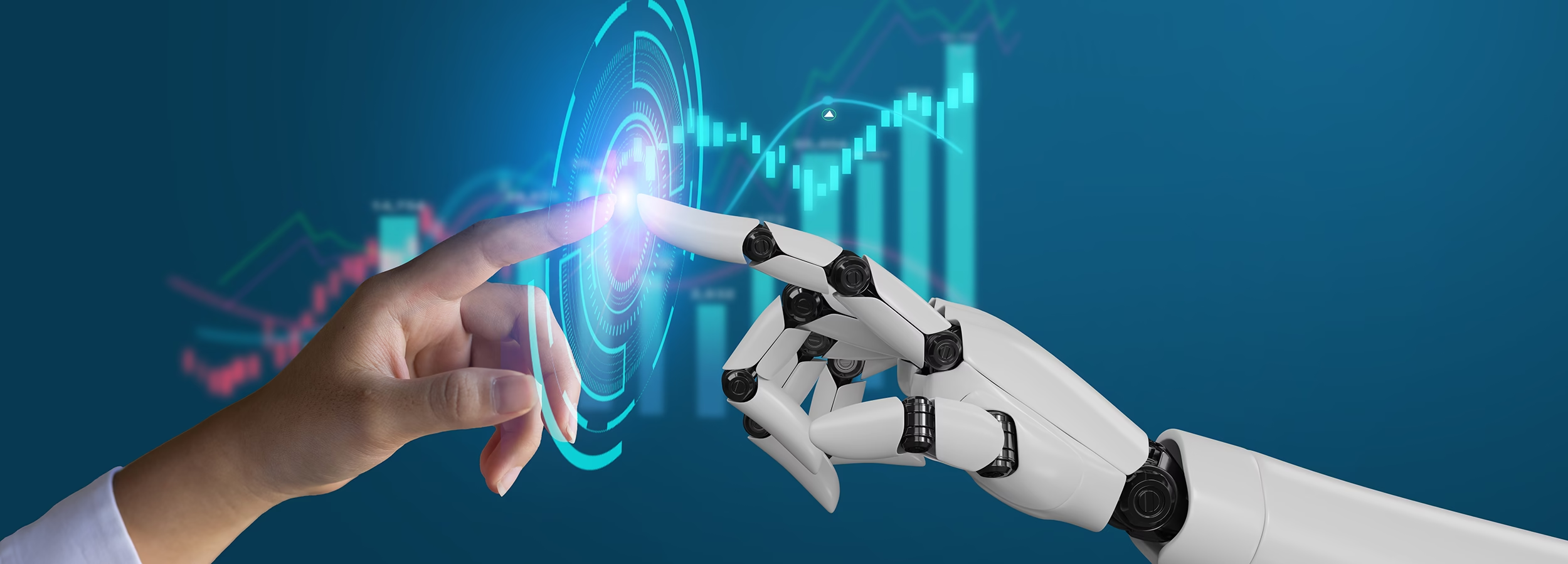Introduction
Artificial Intelligence (AI) and automation continue to evolve, shaping the future of business operations in 2025. With rapid advancements in machine learning, robotic process automation (RPA), and AI-driven decision-making, companies must stay ahead of the curve to maintain a competitive edge. This article explores the latest trends in AI and automation for 2025, their impact on businesses, and strategies for successful implementation.
Emerging AI & Automation Trends in 2025
AI-Driven Decision-Making and Predictive Analytics
- Businesses are increasingly relying on AI for strategic forecasting and data-driven decision-making.
- AI algorithms provide real-time insights to enhance business agility.
Hyperautomation
- The integration of AI, Machine Learning (ML), and RPA to achieve end-to-end automation.
- Businesses are automating complex workflows to maximize efficiency.
AI-Powered Personalization
- Enhanced customer experiences through hyper-personalized interactions.
- AI-driven content recommendations and targeted marketing strategies.
AI Ethics and Regulations
- Increasing focus on responsible AI usage and compliance with global regulations.
- Governments and organizations implementing stricter AI governance policies.
AI in Cybersecurity
- AI-driven threat detection and real-time security monitoring.
- Automated response systems to mitigate cyber threats.
Conversational AI and Virtual Assistants
- AI-powered chatbots providing human-like interactions.
- Businesses leveraging AI assistants for customer support and operational efficiency.
AI-Enabled Supply Chain Optimization
- Predictive analytics for demand forecasting and logistics management.
- AI-driven automation reducing supply chain disruptions.
AI in Finance and Risk Management
- AI-based fraud detection and risk assessment tools.
- Automated financial forecasting and investment strategies.
Business Benefits of AI & Automation in 2025
Increased Efficiency and Productivity
- AI-powered automation accelerates business processes and reduces human errors.
- Employees can focus on strategic and creative tasks.
Cost Reduction and Revenue Growth
- Automating repetitive tasks leads to lower operational costs.
- AI-driven analytics help businesses identify new revenue opportunities.
Improved Customer Experience
- AI-powered customer support ensures 24/7 availability and faster response times.
- Hyper-personalization enhances customer satisfaction and loyalty.
Enhanced Decision-Making
- AI-driven insights enable data-backed business strategies.
- Predictive analytics improve forecasting accuracy.
Strategies for Implementing AI & Automation in 2025
Assessing Business Needs and Objectives
- Identify areas where AI and automation can bring the most value.
- Define clear business goals and expected outcomes.
Choosing the Right AI and Automation Technologies
- Research industry-specific AI tools and automation software.
- Evaluate scalability, integration capabilities, and user-friendliness.
Ensuring Data Quality and Security
- Implement robust data governance policies.
- Prioritize cybersecurity to protect sensitive business information.
Employee Training and Change Management
- Provide training programs to upskill employees on AI tools.
- Foster a culture of innovation and adaptability.
Monitoring and Continuous Improvement
- Regularly analyze AI-driven insights and optimize processes.
- Continuously refine AI models based on real-world feedback.
Conclusion
AI and automation will continue to reshape business operations in 2025, offering new opportunities for growth, efficiency, and innovation. Businesses that strategically implement AI-driven solutions will gain a significant competitive advantage in the rapidly evolving digital landscape.
